It is only in Gir National Park that one may see lions living in their natural habitat outside of Africa. The Gir lions are distinguished from their African counterparts, who are known for having bigger manes by their impressive appearance and average length of 2.75 metres. They also have thicker tail tassels, bushier elbow tufts, and noticeable belly folds. With 40 species of mammals and 425 species of birds living within its borders, Gir is home to a wide variety of biodiversity.
History of Gir National Park

The only remaining natural home for the critically endangered Asiatic lions has been Gir National Park since 1884. British colonial commanders took great pleasure in shooting lions and participating in other hunting-related activities. Locals, Maharajas, and nawabs who owed them help were frequently enlisted in these endeavours. During this time, the ability of Maharajas to successfully hunt tigers and lions was a key indicator of their prestige and power.
When a terrible famine struck in 1899, the number of lions declined significantly, and Lord Curzon decided not to go on any more “shikaar” or hunting excursions. Rather, it was suggested that the local Nawabs and Maharajas help protect the lions that are still alive. A landmark conservation measure was implemented by the Indian government in 1960 when it outlawed lion hunting and only permitted picture safaris, which are still in place today. This change signalled a significant turning point in the history of Asiatic lion conservation, moving from a focus on non-invasive methods of preservation to hunting and decline.
Gir National Park Flora
Gir National Park’s terrain has a wide variety of vegetation, including several deciduous, semi-evergreen, and evergreen trees. The park is home to many ecosystems, such as grasslands resembling savannahs, open areas of mixed woods, and jungles with prickly undergrowth. The park is mostly covered in a belt of mixed and deciduous forest, with teak trees making up the majority of the woodland.
The biological richness of the park is enhanced by the diversity of broad-leaved evergreen trees found there. Species including Acacia, Flame of the Forest, Zizyphas, Dhak, Jamun, Tendu, Babool, and Banyan influence the colourful flora. Furthermore, Dhavdo, Timru, Umro, Simai, Simal, Khakro, Kalam, Vad, Amla, Bamboo, Ber, and Saliacan are among the flora. Deciduous trees have a dry nature, but evergreens are shaded, retain moisture, and have large leaves.
The forest service has deliberately planted trees like casuarinas and Prosopis to improve the coastline side. A variety of blooming trees may also be found in the park, which enhances the beauty and diversity of this vibrant environment.

Gir National Park Fauna
With its stunning diversity of over 2,000 types of wildlife, Gir National Park is a treasure box of biodiversity. The preservation of about three hundred species of lions and leopards highlights the park’s richness and makes it an essential haven for these magnificent big animals. Gir’s importance is further highlighted by the fact that it is the only home of the Asiatic lion, making it the second-most significant Asiatic lion reserve in the world, behind Africa.
The park is home to a great array of wildlife, including over two thousand insect species, thirty-eight mammal species, thirty-seven reptile species, and an incredible three hundred bird species, in addition to the famous lions and leopards. These birds contribute colour and song to the park’s rich environment. Among them are the greenish warbler, yellow-footed green pigeon, Eurasian Griffon vulture, changeable Hawk-eagle, Bonelli’s eagle, Indian Pitta, bush rock quail, crested Oriole, treeswift, and pygmy woodpecker.
Gir’s resident mammal population includes a variety of species, including hares and porcupines, among carnivores such as Indian leopards, jungle cats, striped hyenas, Indian mongooses, and golden jackals. This diverse array of plants and animals makes Gir National Park a sanctuary of international importance as it supports the park’s ecological equilibrium and offers refuge to both wildlife enthusiasts and environmentalists.
Gir National Park Booking
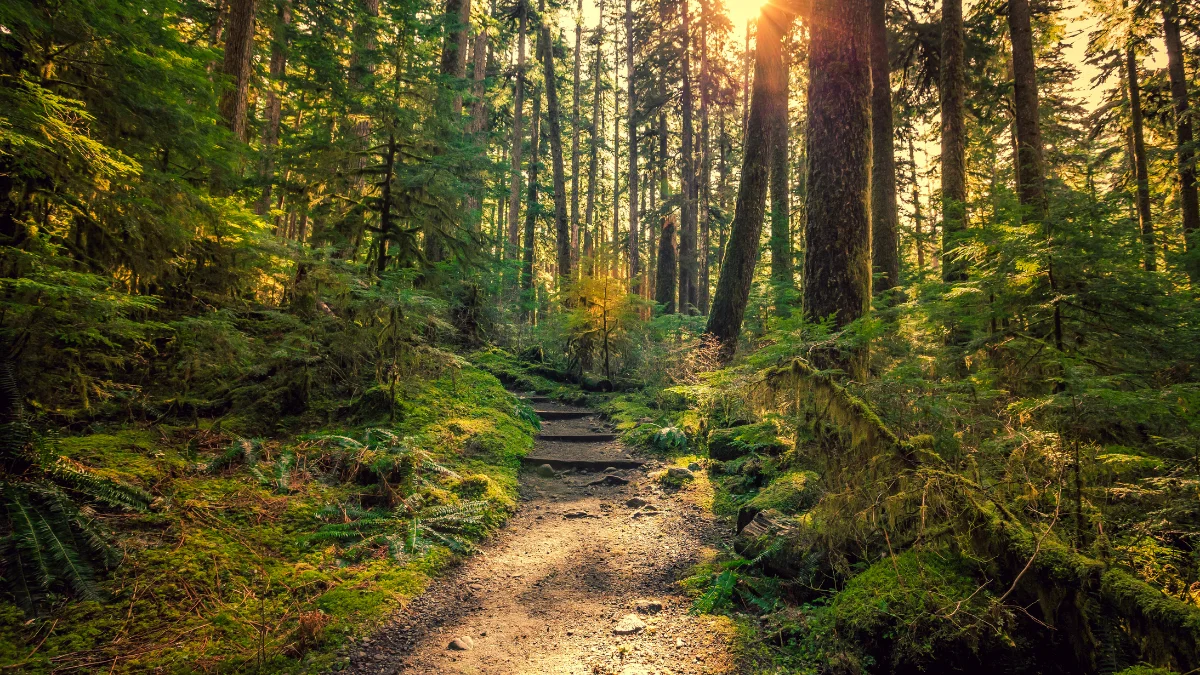
This sanctuary, which covers 1412 square kilometres of steep, wooded terrain and is tucked between Veraval and Junagadh, is the last stronghold for Asiatic lions (Panthera leopersica). Travelling through the green, untouched forests of the sanctuary on a safari ride is an exciting experience in and of itself. Many kind of bird species and various fauna is found at the sanctuary, along with the exciting experience of seeing the magnificent Asiatic lions. It is necessary to get a safari permit in order to visit this natural wonderland, and bookings may be made online effortlessly in advance.
If you are unable to secure a permit, visit Gir National Park’s Devalia Safari Park, where you may be sure to see lions in a more supervised environment. 37 mammal species may be found in the sanctuary, including crocodiles, chinkaras, sambar, nilgais, chousinghas, and seldom observed leopards. More than 300 kinds of birds may be seen, the majority of which are locals. Although the wildlife in the refuge is lucky, more than half of the uniquely costumed Maldhari herders have been relocated because of competition for food supplies and threats from lions, leopards, deer, and antelopes. There are still roughly a thousand residents in the park, and the lions eat about 25% of their cattle.
Places to Visit in Gir National Park
1. Sasan Gir National Park
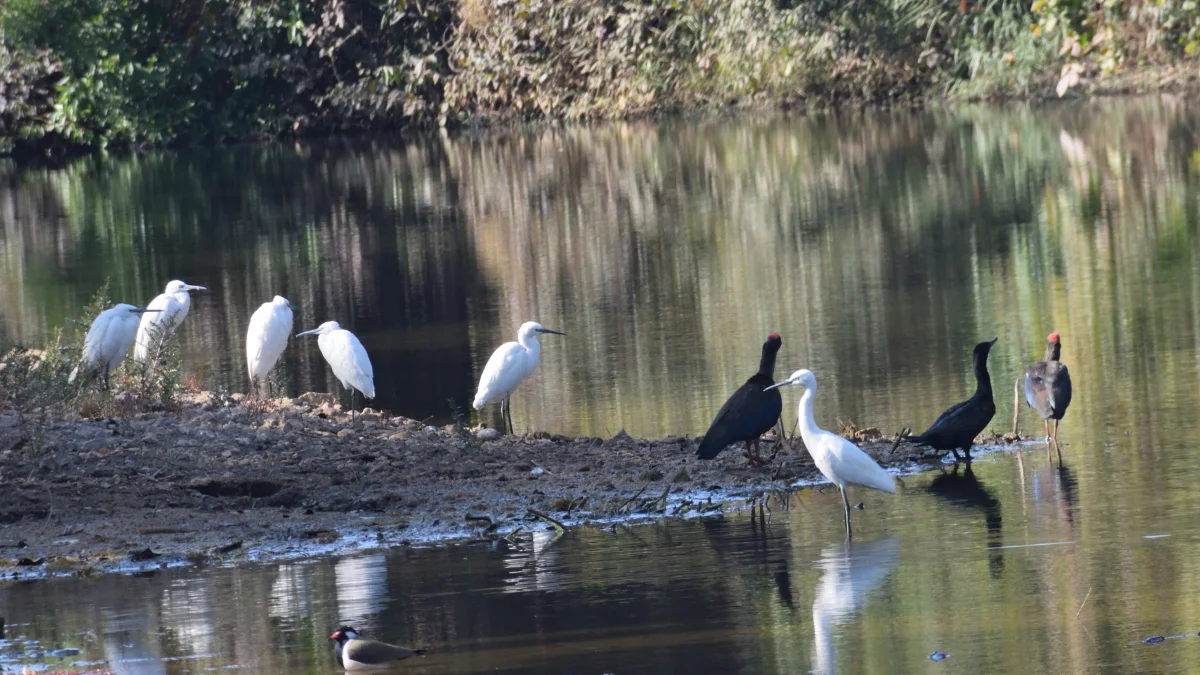
Located in Gujarat’s Junagarh district, Sasan Gir National Park is a well-known worldwide wildlife attraction, especially noted for being India’s largest sanctuary and wildlife reserve. Covering an area of 3386 square kilometres, this park has acquired its reputation as an exclusive refuge for Asiatic lions, or Leo Panthera Persica, as they are formally named. It has come to represent successful conservation efforts and India’s dedication to protecting its abundant biodiversity throughout time.
2. Crocodile Breeding Farm
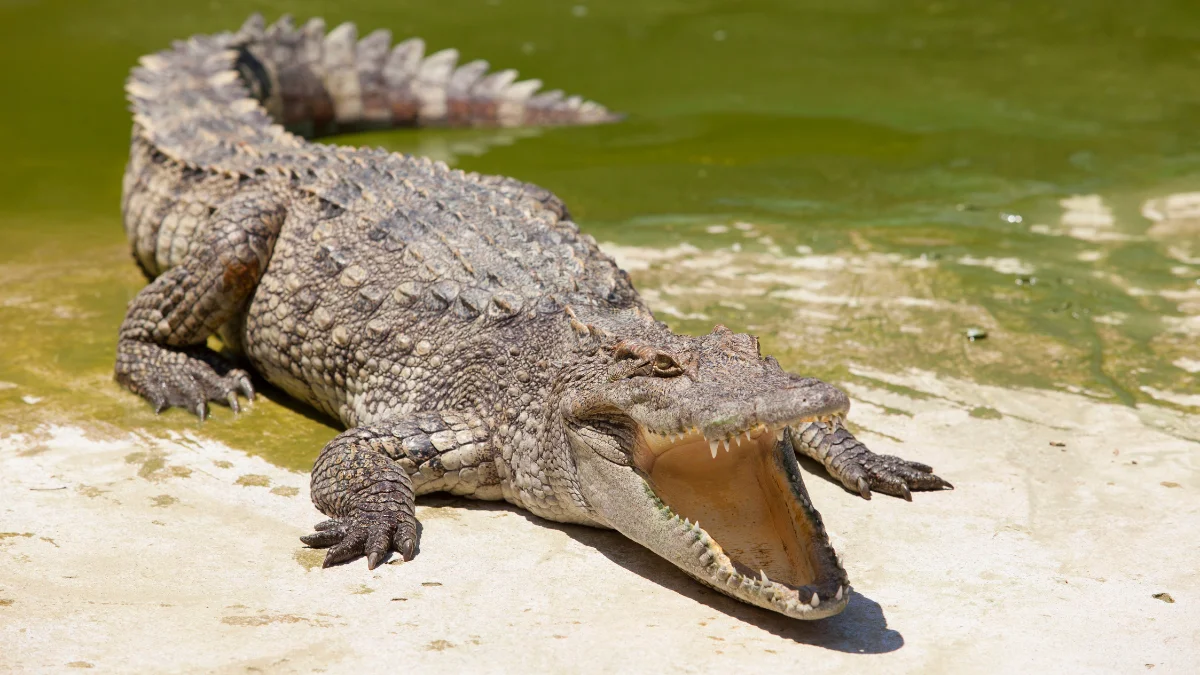
The Crocodile Breeding Farm is essential to crocodile conservation efforts inside the boundaries of Sasan Gir. The breeding centre raises crocodiles from birth to adulthood with the goal of reintroducing them into the refuge, making it a distinctive and alluring destination. By releasing about a thousand marsh crocodiles into Kamaleshwar Lake as part of a crocodile conservation effort, the forest department helped the area’s biodiversity flourish.
3. Devalia Safari Park
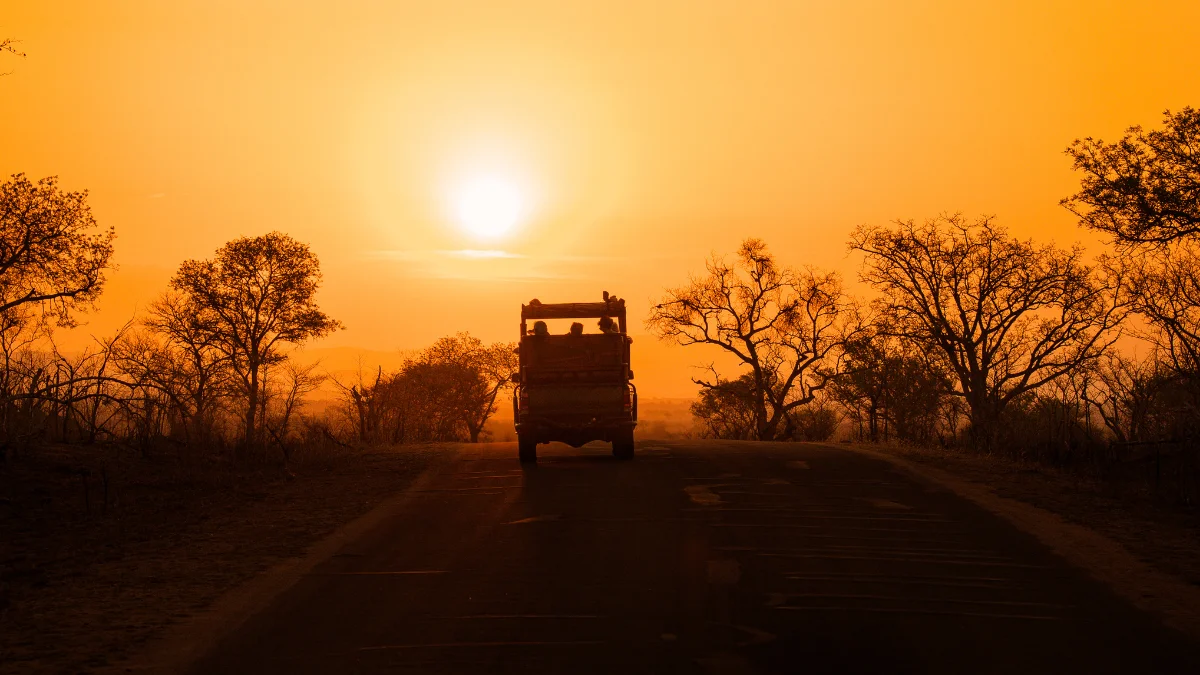
Known as the Gir interpretive zone, Devalia Safari Park is located next to the well-known Sasan Gir National Park. Chain-link fences spanning 412 hectares divide this section, providing a buffer to lessen the impact on Gir, which receives high yearly foot traffic. For those who are unable to obtain permits for the Gir safari, Devalia provides a haven where wildlife enthusiasts may still feel the excitement of coming across different species.
4. Zamzir Waterfall
With its consistently flowing cascade, the Hiran River’s Zamzir cascade is a magnificent sight. The waterfall, which attracts crowds all year round, provides a singular experience because guests may go up close and even take a dip in its upstream section. This natural marvel offers visitors looking to get lost in the perfect settings a cool respite by embodying the peace of nature and the splendour seen in Gir National Park.
5. Kamleshwar Dam
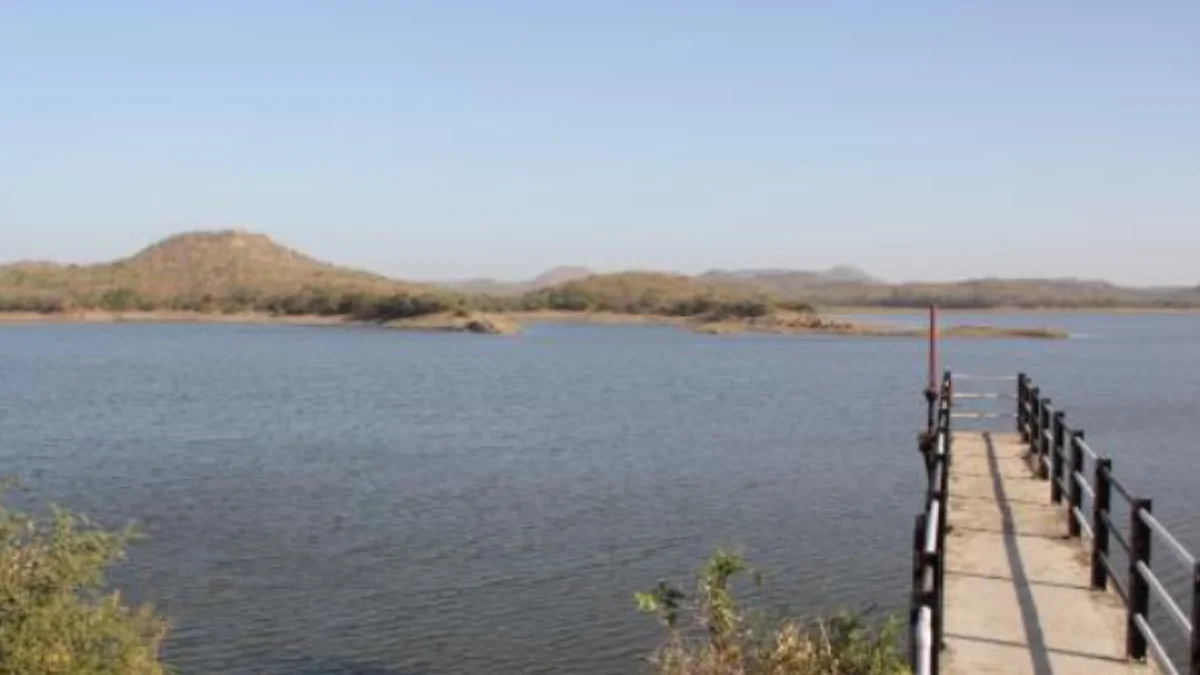
Kamleshwar Dam is an important region around a dam constructed over the Hiran River. It is located near Gir National Park. This dam supports a variety of marsh crocodiles and acts as a lifeline for the reserve. Visitors to this location may take in the enchanted scenery and the diverse array of creatures that live here.
6. Tulsishyam Temple
Kankai Mata Temple, also called Tulsishyam Temple, is a well-known temple devoted to Lord Krishna. This temple tucked away inside the sanctuary, draws those looking for spiritual comfort in the middle of nowhere. Important hot springs envelop the temple, contributing to its attraction as a destination for people venturing into the sanctuary.
Gir National Park Images
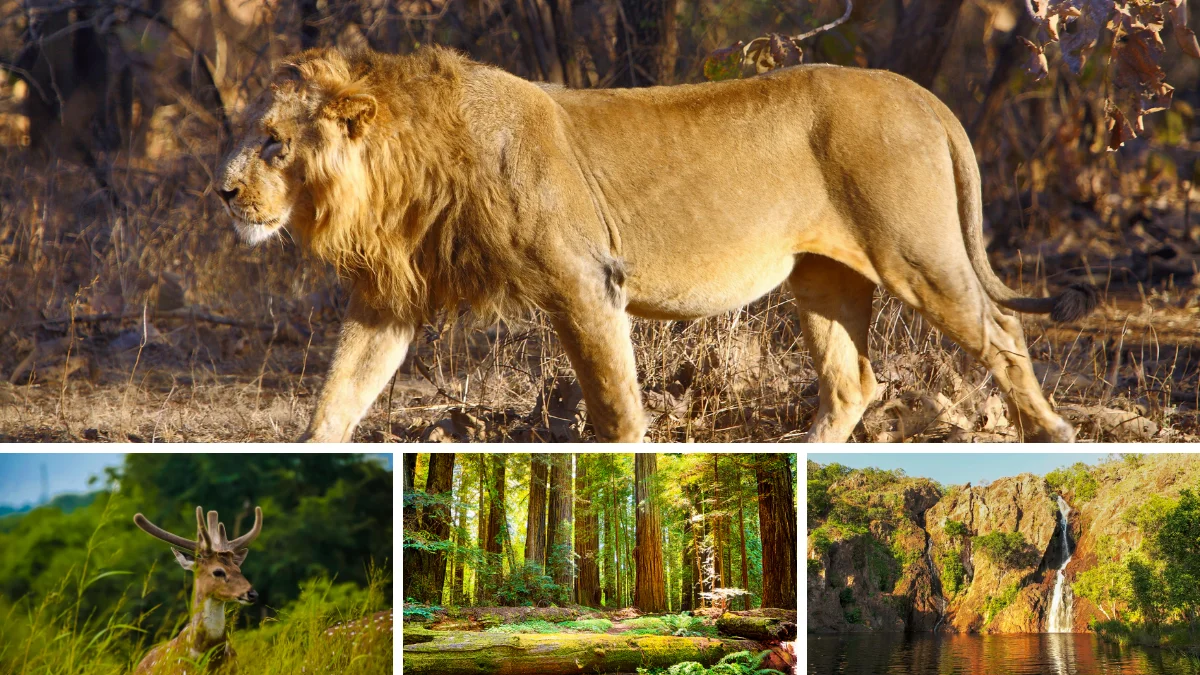
Gir National Park Entry Fees
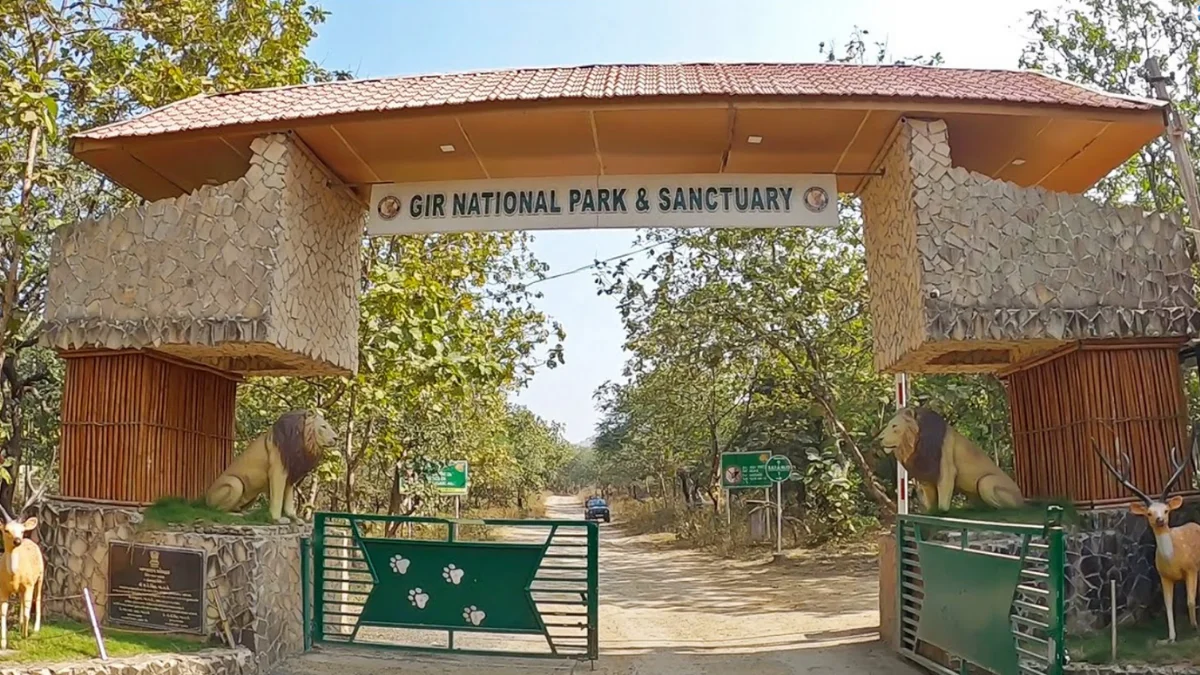
The entrance charge to Gir National Park is Rs 100 for international tourists and Rs 75 for Indian visitors. There are extra fees associated with the safari: Rs 35 for the vehicle, Rs 100 for photography, and Rs 50 for four hours of guiding service. The cost of a jeep safari for guests staying in high-end resorts such as Club Mahindra Resort, Asiatic Lion Lodge, or Vanvaso Resort may rise to INR 5000 per vehicle, which can accommodate up to six people. Fees collected here contribute to the maintenance and protection of this renowned wildlife sanctuary, maintaining a healthy and sustainable habitat for both visitors and the diverse array of species that call it home.
It is open on all days from 06.00 A.M. to 05.00 P.M.
| Item | International Tourists (INR) | Indian Visitors (INR) |
|---|---|---|
| Entrance Fee | 100 | 75 |
| Vehicle Fee | 35 | 35 |
| Photography Fee | 100 | 100 |
| Guiding Service | 50 | 50 |
| Jeep Safari (per vehicle) | 5000 | 5000 |
Gir National Park Permit
You can easily find the permit for entering Gir online. The charges start from Rs. 800 depending on the days of the week.
Gir National Park Government Accommodation
Travellers on different budgets can choose from a variety of alternatives available in the internationally renowned Gir Forest Reserve. There are several options available for guests, ranging from low-cost lodges to hotels and resorts with 5-star ratings. There are privately owned hotels and resorts around the National Park that provide more options for a nice stay, while the Forest Department runs the more rustic Gir Lodge and the SinhSadan Forest Lodge.
Gir Forest National Park offers a range of lodging options, from luxurious to affordable, with something to suit every taste. Low-cost choices, including lodge rooms, cost between one thousand and five hundred seventy-five dollars per night, while the nicest hotels in Gir Forest National Park charge between two thousand and three thousand dollars per night. Though rates can occasionally go down by half during the off-season, it’s still wise to ensure and make reservations in advance, particularly during the busy winter months. Since it is popular all year round, making bookings in advance is a wise move to ensure a smooth stay. Luxurious safari camps with a stunning view of the Hiran River in a mango orchard are available for those looking for a distinctive experience.
Which animal is Gir National Park Famous for?
The Asiatic lion (Panthera leo persica) is the main attraction of Gujarat’s Gir National Park. The park is an important and distinctive conservation area for this amazing big cat species since it is the final sanctuary for the critically endangered Asiatic lions. The reserve is a symbol of wildlife conservation in India because of its popular and effective efforts to preserve and safeguard the population of the endangered Asiatic lions.
Safari in Gir National Park
Vehicle charges start from Rs. 3500, and guide charges start at Rs. 500. You can also find and book an open gypsy starting at Rs. 2000.
Best Time to Visit Gir

The winter months of December through March are the ideal times to explore Gir National Park. The weather is nice at this time of year, with a cool temperature and little rain. Winter is the perfect time of the year for wildlife safaris because of the pleasant climate and increased animal activity.
It is best to avoid the intense summer heat (April to June) when temperatures can skyrocket and become uncomfortable in the jungle. Due to the heavy rainfall that occurs during the monsoon season (July to September), the place is often closed for tourists during this time.
Conclusion
Gir National Park is a symbol of conservation efforts for the endangered and magnificent Asiatic lion, as well as a stunning example of how nature may be preserved. More than just a wildlife adventure, a visit to this amazing place offers a chance to get in touch with nature at its best. You will love to get immersed in the rich variety that flourishes under the watchful care of this unique ecosystem as you go through the park and take in the different flora and fauna. Gir is a trip into the heart of animal protection, not simply a place to visit. It invites you to see the remarkable coexistence of humans and the amazing species that call this place a home. Pack your luggage, give in to the charm of the wild, and set out on an unforgettable adventure to the Gir National Park, where animals and flora coexist peacefully as they leave a lasting impression on every visitor.
FAQs
Where Is Gir National Park?
It is situated in Gujarat, in the Junagadh area.
How To Reach Gir National Park?
Rajkot and Keshod have the nearest airports to the Gir National Park. Junagadh and Veraval have the nearest railway stations. Buses and taxis are easily available from there for Gir.
How To Book Gir National Park Safari?
Permits are available online for you to book the safari.
What Is The Best Time To Visit Gir?
Visit between December and March. The weather is pleasant during that time.



